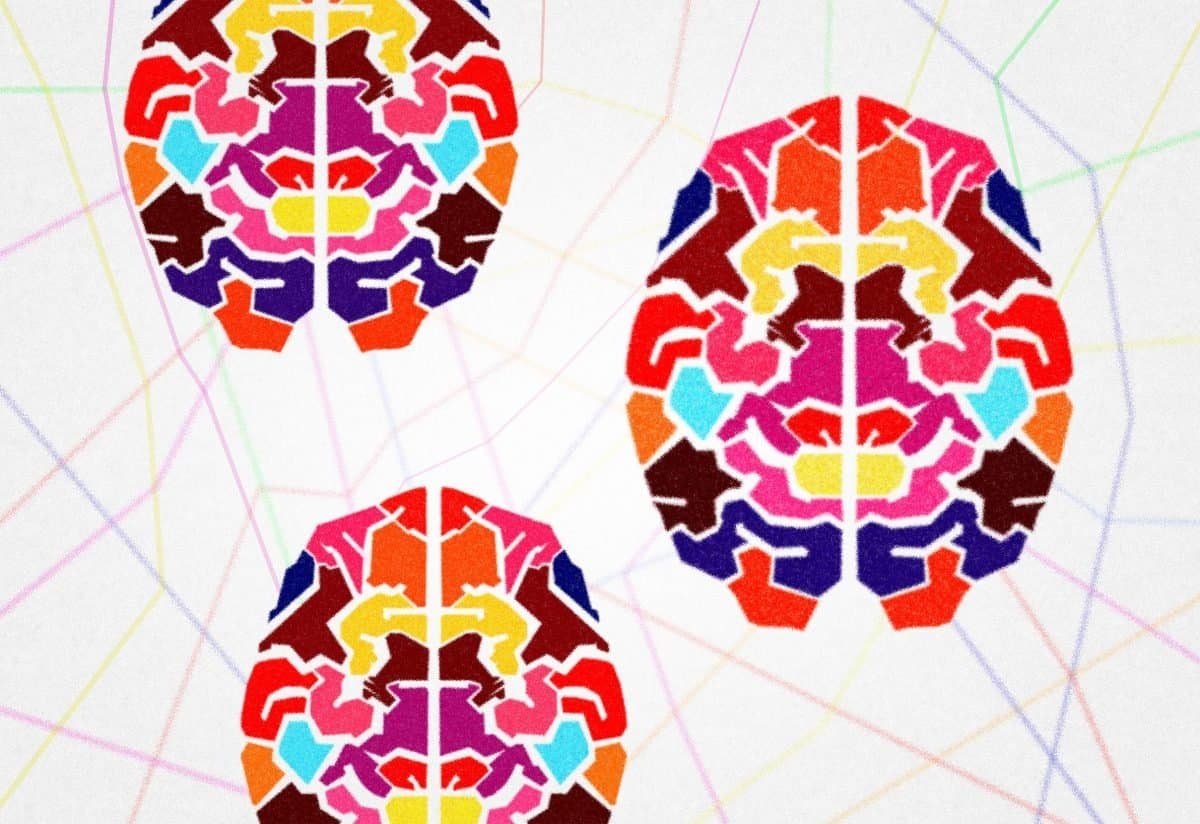As we merge ever more into society as we age, we are constantly learning new ideas and ideals such as assimilation psychology.
In doing this, we experience things that either change or confirm our current state of mind. This is why we are often drawn to people that have new perspectives or ideas that we can draw from.
We Are All Just Trying to Make Sense of the World- It’s the Nature of the Beast

Think about a newborn baby. Babies are the cleanest slate possible When it comes to their psychology. They have not experienced anything thus far, so they are free to learn anything without any kind of interference from previous thought.
Babies often bond with their mothers within the first weeks of life. At this point, they have learned that mothers are the most important people in the world. As they get older, they often separate from their mothers to form attachments with dad, siblings, or other caregivers.
At this point, they learn that there are more people that can be trusted, also.
From these people that they grow to trust, they will learn other things by observing, such as how to hold silverware, proper manners, and toilet training.
Another phenomena of human psychology, especially assimilation psychology is that we are always trying to be like the people we are surrounded by. We tend to dress to fit in with our peers, we sometimes pick up similar musical tastes, and we might even pick up dialects and accents based on the people we work with or live near.
Why does this happen, though?

Jean Piaget initially proposed the idea of assimilation psychology. Piaget claimed that assimilation is a part of human psychology that is particularly important during the formative years of childhood. This is how children learn to react to social queues and how certain aspects of the world work.
How Does Assimilation Psychology Work?
Assimilation psychology, according to Piaget, is the easiest way that people adapt to new experiences.
The reason assimilation is believed to be the easiest is because it requires very little adjustment. In this method of adaptation, we simply apply new knowledge to that which is already known. Because it has to fit with what is currently known, though, how we adapt is based entirely upon our current state of mind.
For example, let’s say that your co-worker has a son who seems well adjusted and kind. One day, though, you see the boy at a local park throwing rocks at a bird’s nest.
To you, this behavior seems very out of character. Your co-worker has always bragged about their child’s sensitivity and and care and concern for animals and other people, but today he seems to be trying to harm animals.
Assimilation psychology takes place in how we process this information.
If you already have doubts about your co-worker’s honesty, you might determine that they have overinflated the good merits of the child. If you trust your co-worker, you might determine that the child is simply having a bad day or has picked up a bad habit by observing another child.
You might even work out that the child is still very kind and well-mannered, but simply has a mischievous aspect of his personality. In this case, you could find the behavior funny because it is so out of character that it is almost endearing.
This is how adaptation works based on our previous knowledge or experiences.
We take what we already know and add new information to the mix. It becomes a clue, rather than a whole new perspective. If we determine that the child is mean and that he is conning everyone including his mom, though, we are creating a completely new idea. This is a process known as accommodation.
Examples of Assimilation in Society
To further explore assimilation psychology, we need to look at a few more examples. They are as follows:
A baby tries lemons for the first time.

Imagine it’s a baby’s first birthday. They have previously tried all kinds of fruit- watermelon, strawberries, grapes, and bananas are their favorite. They have learned by trying these fruits that fruit is sweet and delicious.
Then, Uncle Mike shows up at the party. Uncle Mike has no children and makes a habit of using his nieces and nephews for a chuckle. He decides to pull a lemon slice from the pitcher of lemonade and let baby have a try, knowing the sour flavor of the fruit will give them an adorable pucker. Naturally, the ploy is successful.
The baby has now learned that not all fruits are sweet. They might also have learned to never trust food from Uncle Mike.
A child meets an angry dog.

Now imagine a little girl named Sophie. She has always been around dogs. Her parents have two large German Shepherds who do very well with her. Her grandpa has a Chihuahua who is also very mellow and child- friendly and Aunt Ellen has a cocker spaniel.
She’s learned from her exposure to these dogs that sometimes dogs bark a lot and sometimes they don’t bark at all. She’s also learned that they can come in a variety of sizes, colors, shapes, and coat lengths.
One day, Sophie is playing outside when a man walks his dog past. The dog begins snarling and growling and attacks the fence. He is very scary.
Sophie has now learned that some dogs are not friendly.
A woman discovers a country music CD in her rocker husband’s car.

This is a tricky one. One day, Karen gets into her husband’s car because hers is not running properly. As she pulls out of the driveway, she decides to turn on the radio and is instantly met with the sound of country music.
She checks the radio station, but discovers that she is actually listening to a CD. She is somewhat baffled. She has always known her husband to enjoy heavy metal and rock music. In fact, she met him in a mosh pit. It is out of his usual character to enjoy country music.
This can go one of two ways, depending on the history of the marital couple. If her husband has previously been unfaithful, she might immediately assume that he has been driving around a secret partner in his car.
If they have never encountered any issues before, she will probably just assume that he has learned to like a new kind of music or that he has always been a secret country music fan.
These Are Both Examples of Assimilation Psychology

Everyday Assimilation Psychology
Piaget described processes where we learn and grow, adapting to our environment, socially and physically. He names these processes assimilation. In this process, the experience is brought in from the outside into the inside without interrupting our pre-existing ideas. This works especially well when the new item is an additional item of something we are familiar with. The process can be useful but sometimes it results in squeezing reality to fit.
The internal world has to change in response to new factors that are introduced. This can be harder, especially in adults because it may mean changing something vital about something someone has always taken for granted. An example of this is the belief in the sanctity of marriage and moving toward divorce. The term for this is cognitive dissonance. He stated that it is not doable to hold two incompatible ideas in your head at the same time. A great way we see this carried out in real life is by having a firm belief that it is wicked to kill, yet being forced to become a soldier.
Assimilating the Internet
For anyone below midlife age, the use of the World Wide Web as the definition for all things both essential and trivial is taken for granted. The interwebs sit waiting for us to consult its seemingly-endless, virtual pages on all things from lists. to serious help to understand anything history to science. Social media allows us to connect with our family and what we now call “friends” and buying sites allow the whole world purchasing to be closer to us than our nearest mall.
For those over middle age, we have had to assimilate the internet into our lives as a tool for everyday activities: research, social interaction, and shopping. Before it existed, we had to ask encyclopedias, annual collections of trivia, and the television for information to study. For reaching out to friends and family, we would use the house phone or wrote a letter. Shopping was done in person, always. There will be very few people who will regret the passing of snail mail) or the limited options of strip mall shopping. The introduction of the internet has been one assimilation that has been easy and enjoyable.
This is an illustration of assimilation because though while the way we use the internet to carry out these parts of our lives, the basic concepts of studying, interacting, and shopping have not changed.
Final Thoughts on Assimilation Psychology
Understanding assimilation psychology is vital in realizing why we do the things we do as a culture. Assimilation is the reason for so much of the everyday pushback we naturally have to changes.


